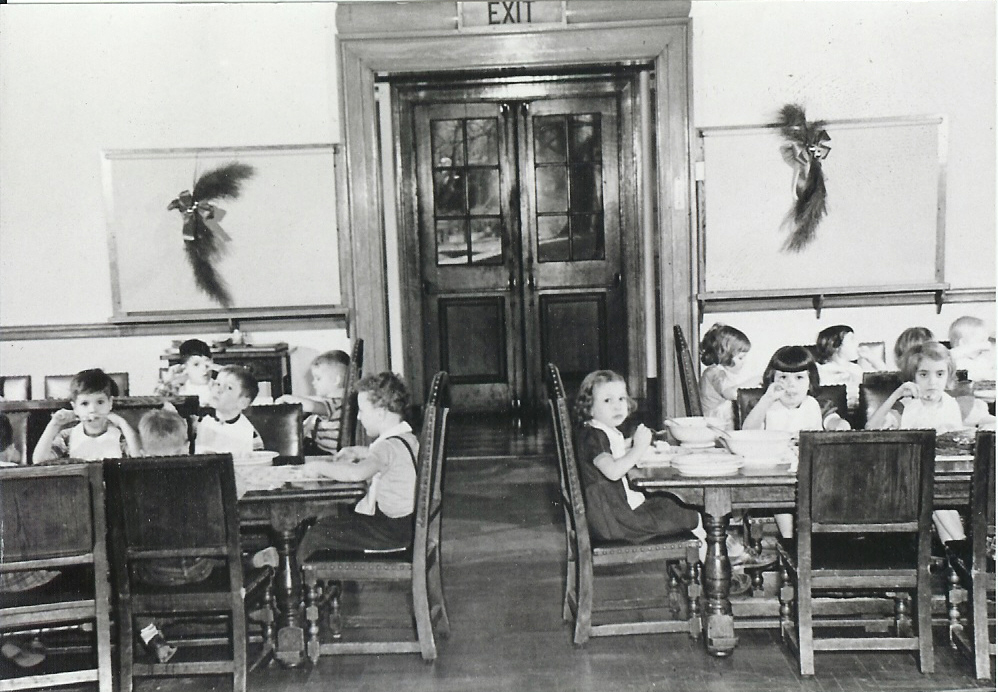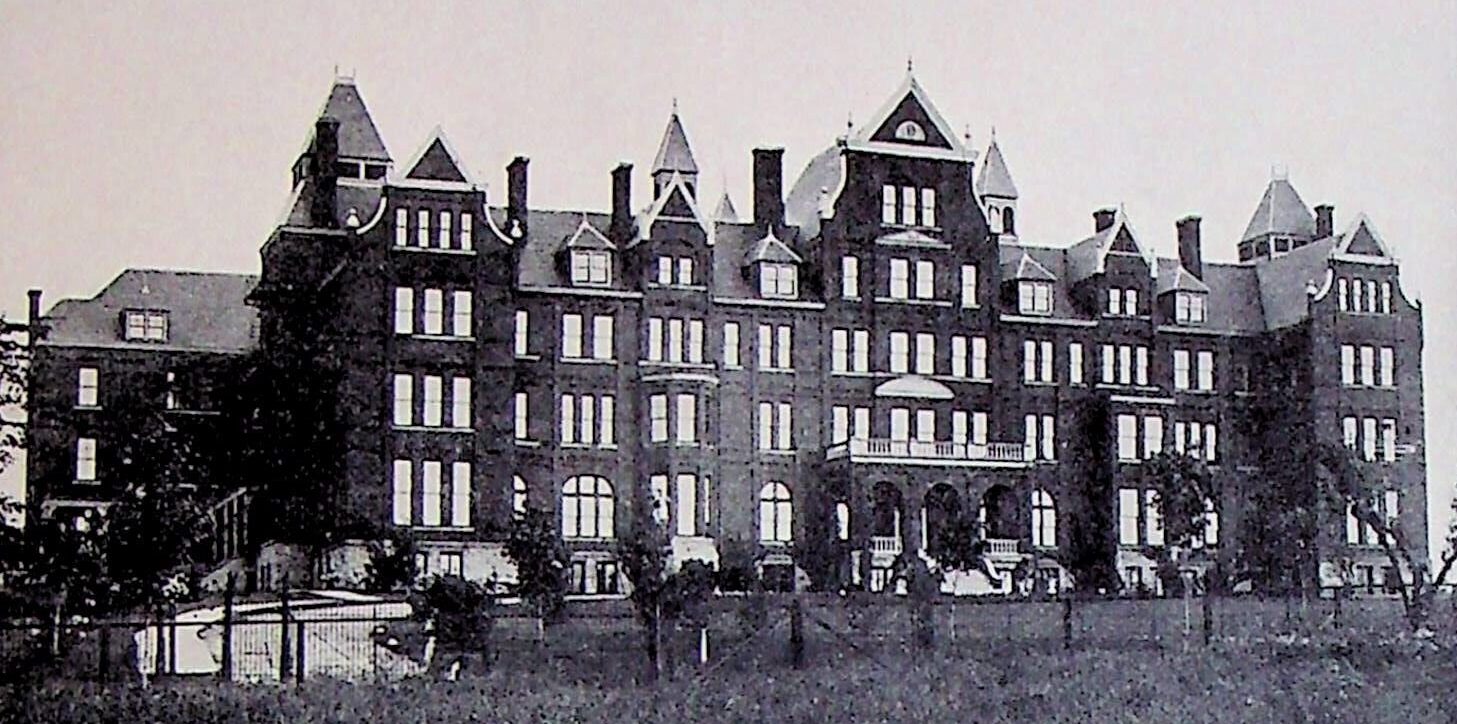1930s
In 1931, outdoor basketball and volleyball courts were added to the area between the Main Building and the Girls’ Side, enhancing recreational opportunities for students.
That same year, WPSD participated for the first time in the Annual Eastern Schools for the Deaf Athletic Association (ESDAA) Basketball Tournament, held at the Pennsylvania School for the Deaf, and secured third place. Eugene Stangarone, class of 1932, became the first WPSD basketball player to be selected as an All-American. In 1933, WPSD hosted the ESDAA Basketball Tournament for the first time, where the team again placed third.
A Hi-Y group was established among the boys on October 16, 1932, with a mission to promote the cleanliness of body, mind, and spirit. However, the organization disbanded in 1941.
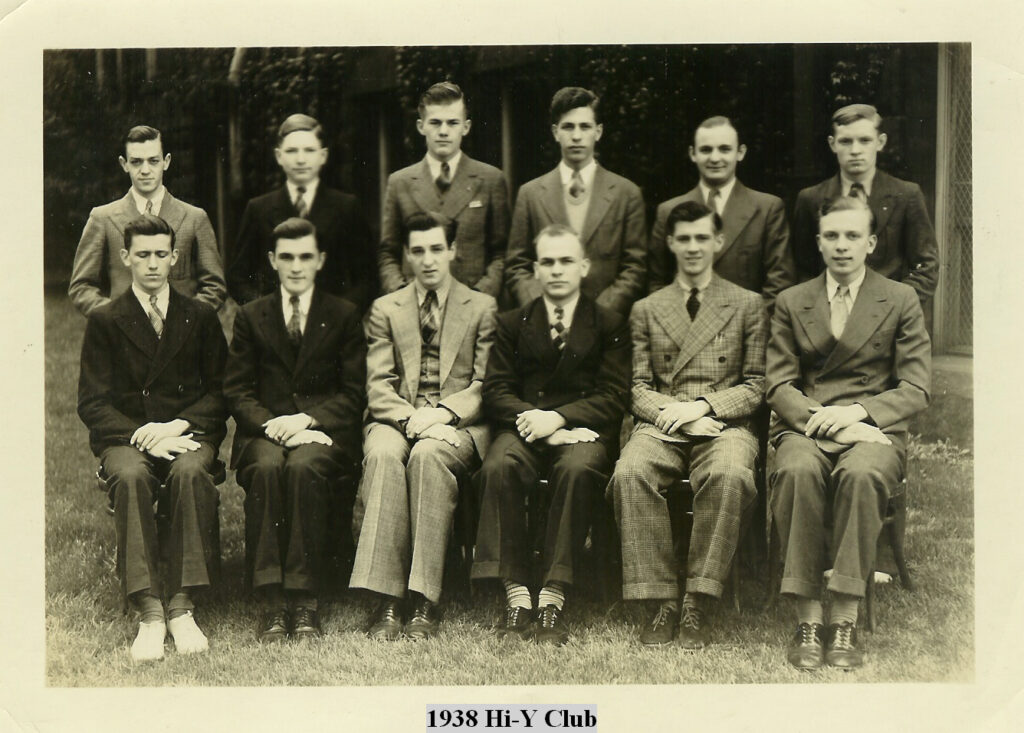
Electric clocks were installed in key locations across campus, including the main office, the Girls’ and Boys’ Industrial Buildings, the Gymnasium, and the Infirmary, improving timekeeping and coordination.
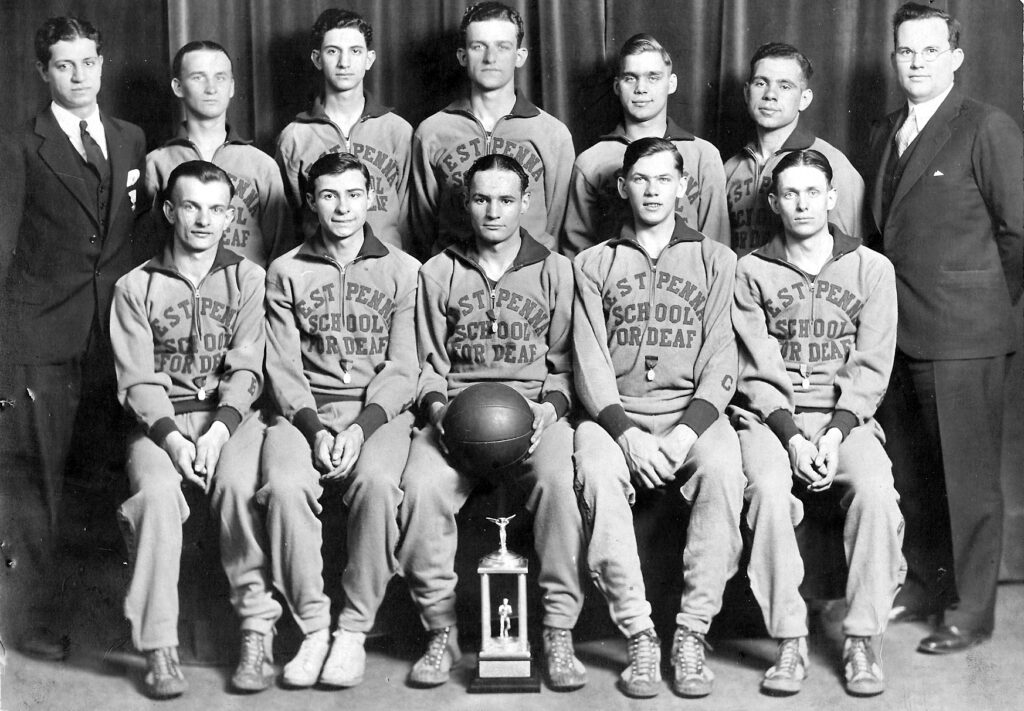
At the fifth ESDAA Basketball Tournament in 1932, the WPSD team, under the leadership of Coach Everett Davies, won the championship by defeating the Pennsylvania School for the Deaf 37-17. The Silent News named WPSD’s basketball team the Mythical National Champion.
In soccer, the undefeated WPSD team triumphed over Carrick High School, the only other undefeated team in the city, with a score of 2-0. In 1931, the shoe-repairing class was discontinued, marking the retirement of Henry Bardes, a vocational instructor who had served the school for 47 years. The teaching of art was introduced the same year. In 1933, new courses in oxy-acetylene welding and drafting were added to the boys’ industrial department. In 1934, a rhythm program was introduced, where speech exercises were combined with movement and accompanied by piano. A class in art metalwork and simple jewelry-making was organized in 1935 and continued until 1942.
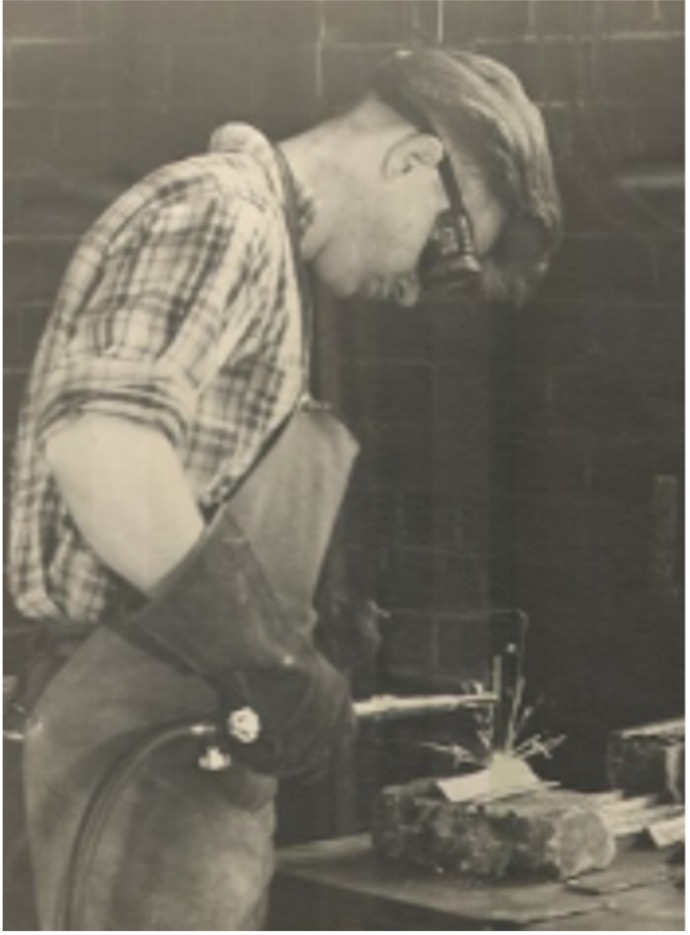
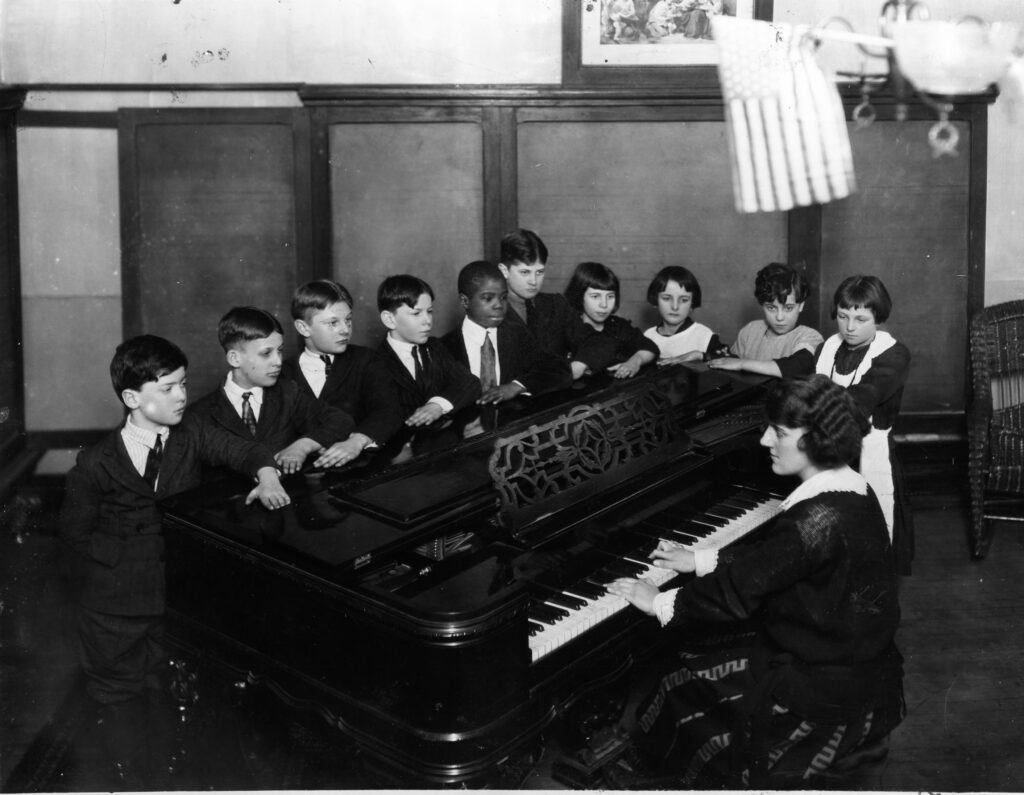
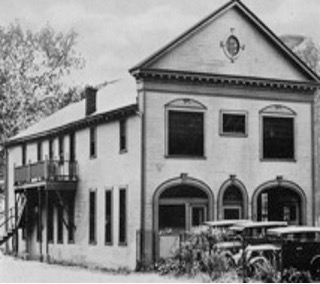
The Edgewood Municipal Building, located on a strip of WPSD’s southern border, had been leased to the borough for one dollar per year and served the community for over 30 years (1902-1933). However, a separate strip of school property, measuring 45 feet by 245 feet and adjoining the Edgewood Presbyterian Church, was claimed by the Borough of Edgewood. The school’s trustees filed a lawsuit, and the court awarded $5,600 in compensation for the land taken. In 1932, the Stone Municipal Building on Race Street was constructed.
First aid classes were introduced, with Jane (Walton) Waugman teaching the girls and Elmer Read instructing the boys.
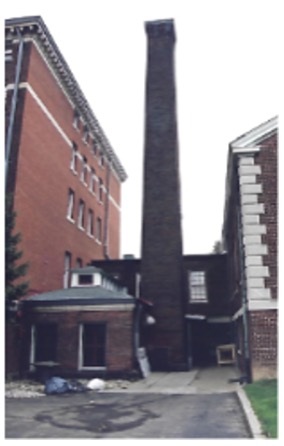
An incinerator was installed outside the kitchen, providing a more sanitary and economical means of trash and garbage disposal.
The Boys’ Athletic Association, active since the 1890s, had a structured leadership with a president, vice president, and secretary. Superintendent Manning oversaw the finances. Elections were held for captains of each sport, as well as positions like equipment manager, scorekeeper, and sportswriter. The association also selected their uniforms and equipment.
Until October 21, 1936, all vocational classes were held on Saturday mornings. On that date, these sessions were discontinued to allow students more time for recreational activities.
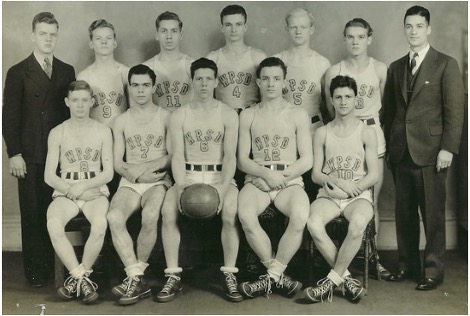
In 1937, WPSD achieved a remarkable victory, becoming the ESDAA Basketball Champions. During the final game, with just 15 seconds left, and Pennsylvania School for the Deaf leading 34-32, a substitute player scored to tie the game at 34-34. In overtime, near the game’s end, Andy Minno made an impressive arching shot that passed through the basket without touching the rim, giving WPSD a two-point lead. The team then regained possession of the ball and froze it for the final minute until the whistle sounded, sealing their victory.
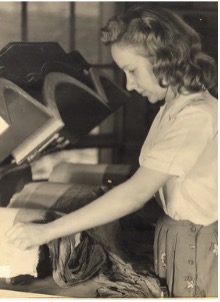
Specialized classes were also introduced. In the spring, older girls attended ironing classes, while boys received cooking lessons in the Girls’ Industrial Building.
Christopher Smith led a Home Mechanics course that focused on the study of electricity and the repair of household appliances such as toasters, heaters, and light cords.
In 1938, a new initiative called “Our Hobby Time” was introduced on Friday afternoons, allowing students to explore various hobbies. Activities included beadwork, crocheting, drawing, dolly knitting, embroidery, lettering, model ship and airplane building, plaster crafting, photo album creation, scrapbook collections, and wood carving. Deaf women from the Teachers’ Training Alumni Association volunteered to assist students in their endeavors.
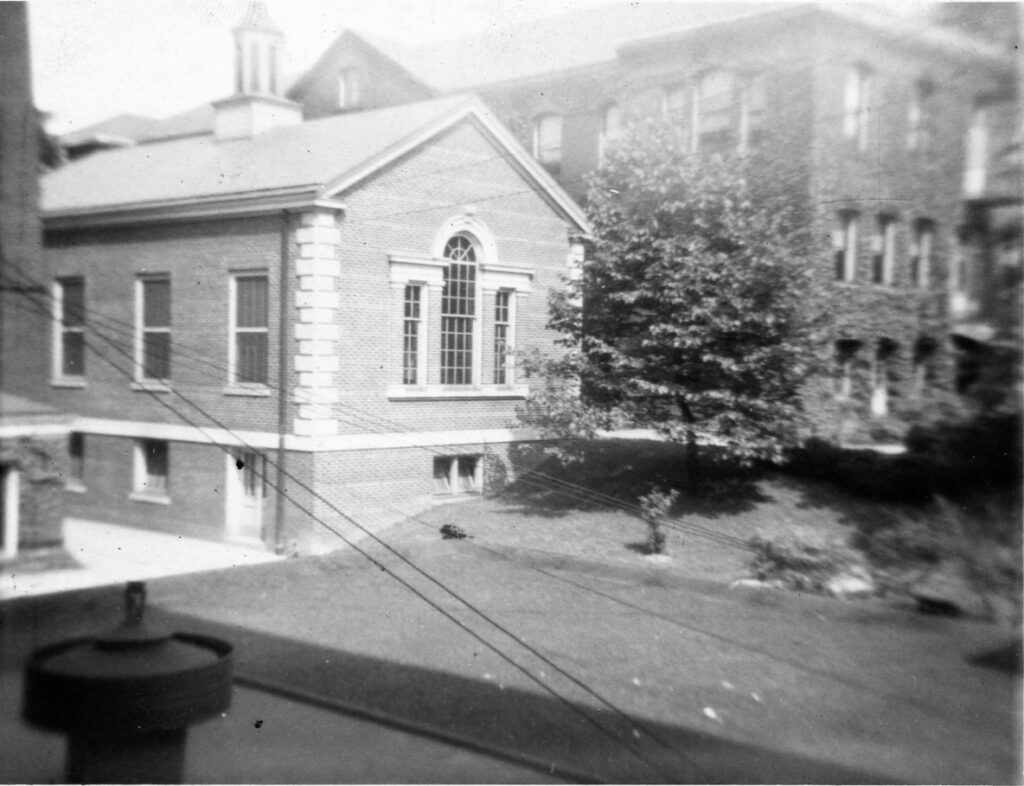
Additionally, a dedicated dining room was constructed between the central back of the main building and the primary building to accommodate kindergarten students. This new space featured sturdy oak tables and chairs upholstered in red leather, all proudly crafted by the boys.
